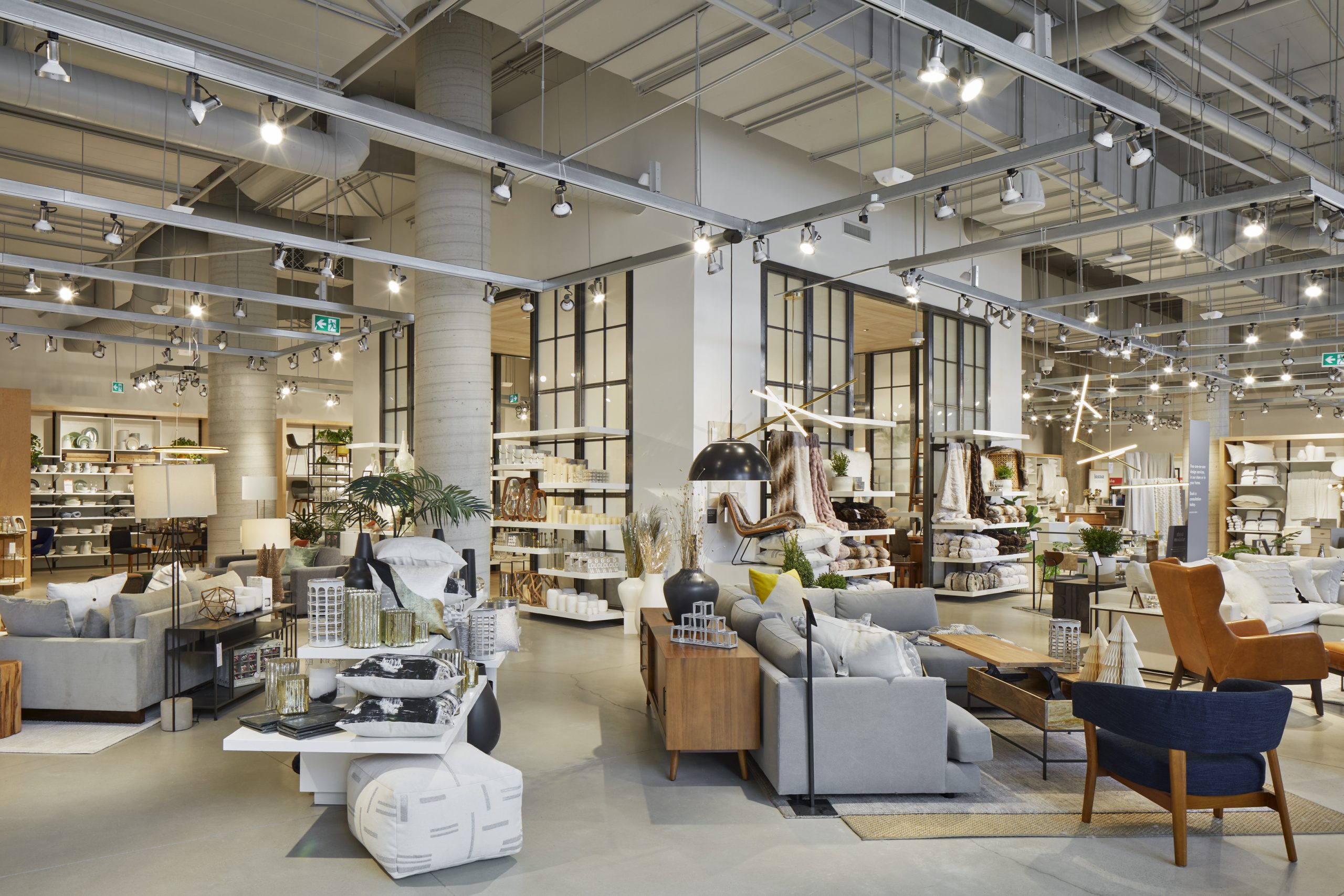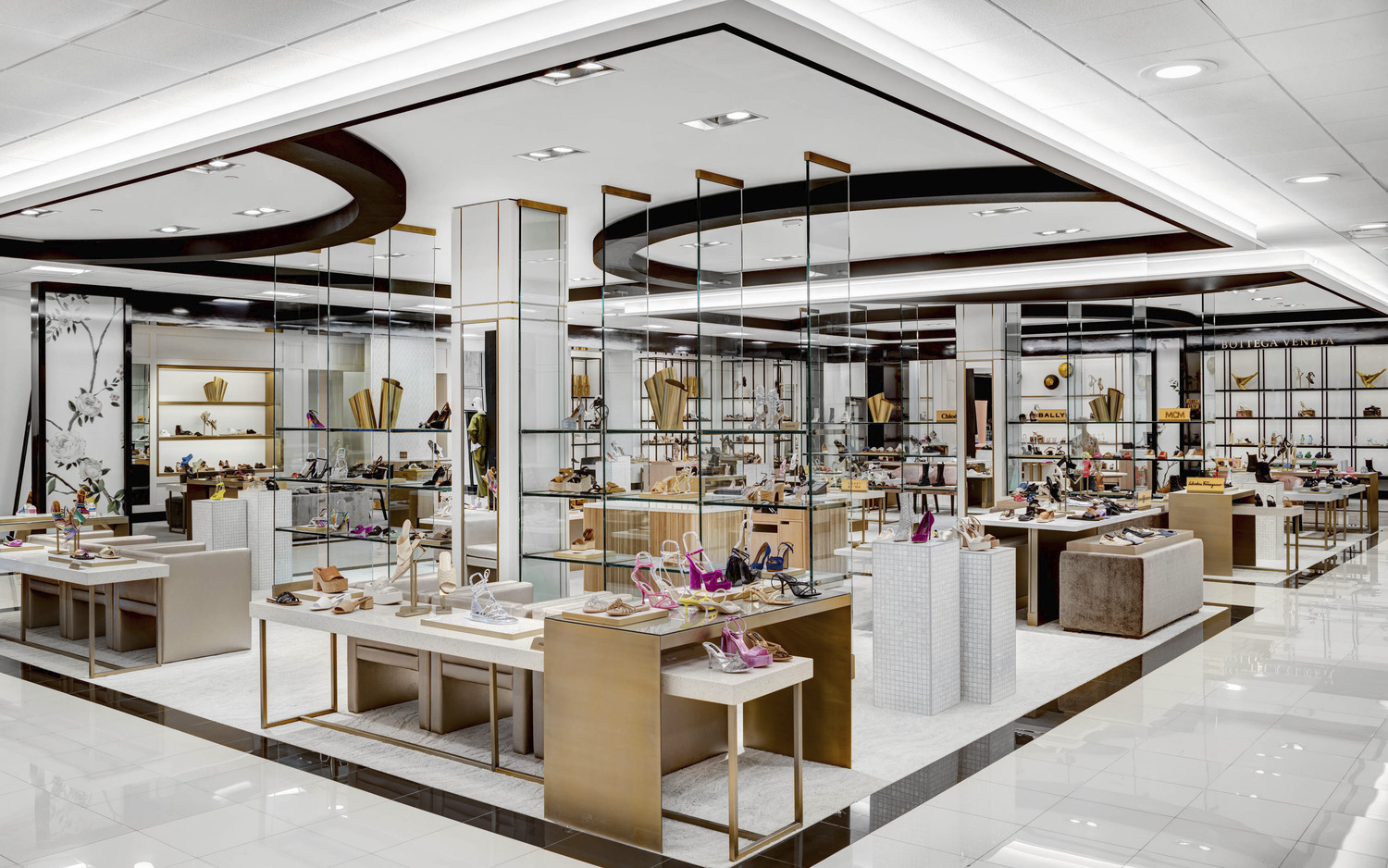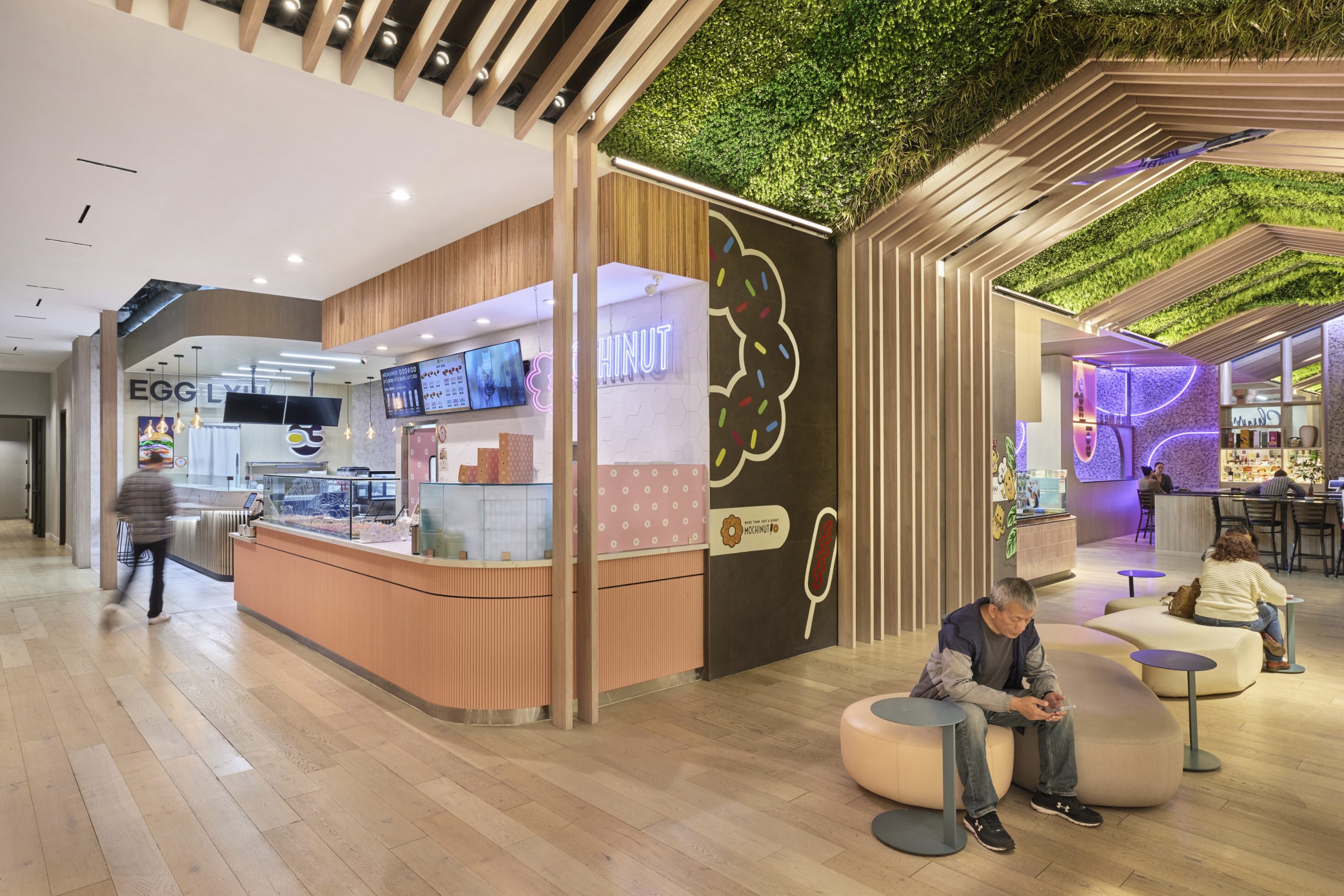Q&A with Ron Singler, Principal, Design Director (Retail)
We recently caught up with Retail Design Director Ron Singler and asked him a few questions about the new landscape of retail design from multi-channel environments to emotional appeal to apps and sustainability.
What are key factors in creating a seamless retail brand experience?
There are several factors that immediately come to mind for a successfully connected brand experience in a multi-channel environment. The first would be the ability to connect stock to distribution and access to product anytime, anywhere. Whether purchasing or shopping online or in-store you need to have a clear delineation between what is available now or through the mail.
Second, for me it seems the best use for the physical space is to frame the experience as inspirational (creating excitement for the customer) versus online which tends to be more transactional. A major factor would be the visual and emotional experience (look and feel). Whether online or physical, both environments must communicate the same tone, attitude, and quality of experience. This also includes the attitudes and behaviors of online customer service representatives and retail sales employees.
Discuss some of the creative ways design can bridge the gap between a retailer’s actual and virtual environments and how that would that be meaningful for consumers.
By creating a visual language and tone that seamlessly supports the point of view of the brand and both environments, the influence of design can integrate a retailer’s virtual and physical settings, creating a connection between the two that is paramount to establishing a seamless omni-channel experience. Warby Parker comes to mind as a retailer that makes that connection by providing a digital online try-on experience that parallels the in-store experience. Designing spaces that correlate the online and physical space experiences is key. Features such as digital mirrors in fitting rooms as well as in-store digital access to additional product not stocked on the premises that can be quickly shipped are two examples.
Appealing to the emotions and provoking the senses are important aspects of retail design. What are some of the ways that is achieved?
Bringing to life all the senses in a physical environment is one of the ways retailers can create a more compelling, inspirational, and engaging experience that cannot be duplicated online. Leveraging scent, sound, sight, touch, and taste activates emotions and memories that go beyond the transaction and help tell a more complete story of the in-store experience. The smell of pine trees or the ocean or the touch of a rough sawn plank of timber or the visual awareness of clouds passing overhead are all examples of how the senses can be triggered to elevate the physical experience.
In a retail environment, what about the use of an app that would update daily (or in real time), since merchandise is often moved around, to help visitors navigate to favorite brand offerings or types of merchandise and store features including fitting rooms and restrooms?
The use of an app for navigation or information at a physical environment is very advantageous, and new ways of unlocking the power of the device in your pocket will be important. This includes providing customer loyalty programs and additional benefits through membership or even searching items for delivery that may not be shelved at the store or referencing items that you searched for in a late-night browse and want assistance finding to try on. All of these uses and more will empower the shopper and provide valuable customer insights to the retailer.
If retail environments are typically redesigned every five to ten years, how is sustainability achieved?
One of the strategies that I use with clients is to suggest that the hard architecture and/or the infrastructure of the project be designed in a timeless manner like the International Style and that the changeable or more fashionable elements be those that are easily moveable and less expensive to replace. Think of a theater where the stage, lighting, seating, and back of house are fixed, and all the magic that makes the performance and provides the inspiration is everchanging and flexible.
Singler’s answers make it clear that as with any dynamic industry the retail environment and experience continues to evolve, responding to the advantages of new technologies and opportunities, societal goals and, most importantly, customer convenience, preferences, expectations, and delight.
Ron Singler | Principal, Design Director (Retail)
Ron Singler is leader in global retail design with over 25 years of experience across a gamut of retail categories from interior and exterior design for major department stores to specialty retail clients and long-term relationships with brands including Williams Sonoma, Nike, and Target. Stirred by the art of the experience and the intent to inspire customers through visual mediums, Singler had directed, designed, and delivered micro to macro retail environments in the US, Mexico, and Middle East. He sits in IA’s Seattle studio.




